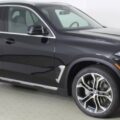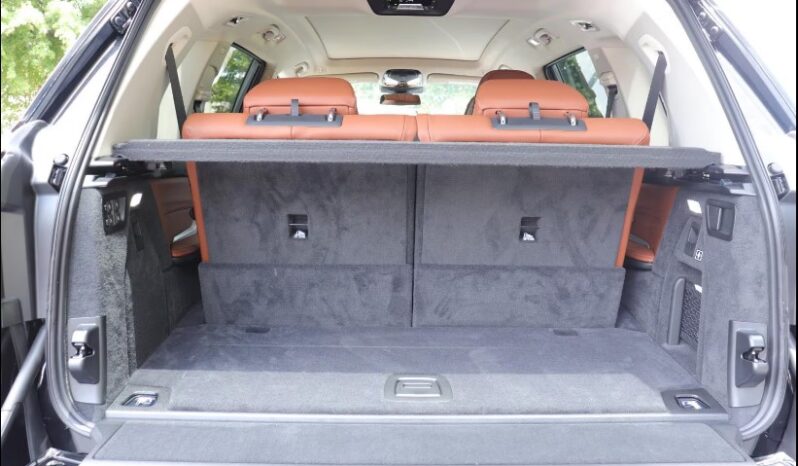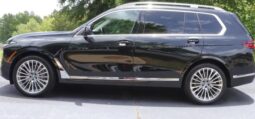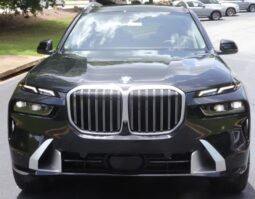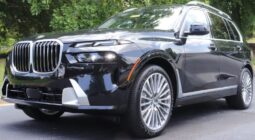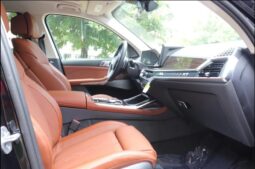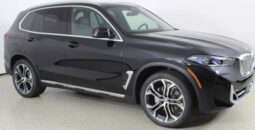The BMW X7 may have been fashionably late to the full-size luxury SUV party—it first went on sale in 2019—but it didn't waste any time snagging a spot on the VIP list. While its lavish interior, standard air-ride suspension, and list of standard equipment expertly fulfill their assignments, it's the sharp handling and roster of robust engine choices that elevate the X7 above its competition. The base engine is a sweetly smooth 375-hp turbocharged straight-six, but a 523-hp turbocharged V8 is on deck for buyers seeking more urgency; big spenders with a need for speed can opt for the exclusive Alpina XB7 trim and its 630-hp twin-turbo V-8. All-wheel drive is standard across the lineup. While power is clearly not in short supply, cargo space and third-row legroom are, as the X7 trails competitors like the Cadillac Escalade and Jeep Grand Wagoneer in both. But that's of little concern from the first two rows, where the X7's smooth ride, top-tier materials, and tasteful design conspire to coddle the occupants on trips of any length. Though its squint-eyed front-end remains a point of contention, its approximately $83k starting price seems like a relative bargain in a class where both XXL dimensions and MSRPs are the rule.
The available Driving Assistance Professional Package, which allows hands-free driving at speeds up to 85 mph when conditions permit, is upgraded with new eye-activated lane change functionality. Now, when the system suggests a lane change, the driver can authorize the action by simply looking in the corresponding rear-view mirror. Previously, the lane-change was confirmed by activating the turn signal. The price of the 2025 BMW X7 starts at $84,675 and goes up to $153,395 depending on the trim and options. There's no denying the visceral appeal of the M60i's twin-turbo V-8, but the price delta is hard to reconcile for most buyers. The base X7 xDrive40i performs admirably and includes a will-rounded grouping of standard features including four-zone climate control, a panoramic sunroof, power-adjustable front seats with memory settings, heated front seats, a power tailgate, and more. We'd also add one of the Vernasca leather upholstery choices; an available Premium package includes a head-up display, soft-close doors, and gesture controls, but we've found the latter unnecessary and sometimes erratic in typical use.
The entry-level X7 xDrive40i is powered by a 375-hp turbocharged inline-six-cylinder, and the M60i has a twin-turbo 4.4-liter V-8 that makemodels 523 horses. The Alpina XB7 has a specially tuned version of that V-8, which develops 630 horsepower. All three engines pair with an eight-speed automatic and all-wheel drive. Every X7 rides on an air suspension with adaptive dampers, and the chassis can be further enhanced with the available rear-axle steering and active anti-roll bars that reduce body roll in corners. Both features are standard on the M60i, which has a sportier suspension setup by default. Handling is surprisingly lithe for a large SUV and the X7's steering is accurate and nicely weighted. The smallest wheels on the X7 measure 21 inches in diameter, but BMW now also offers 23 inchers for the first time; on the big rollers, though, the X7's ride quality takes a hit.


